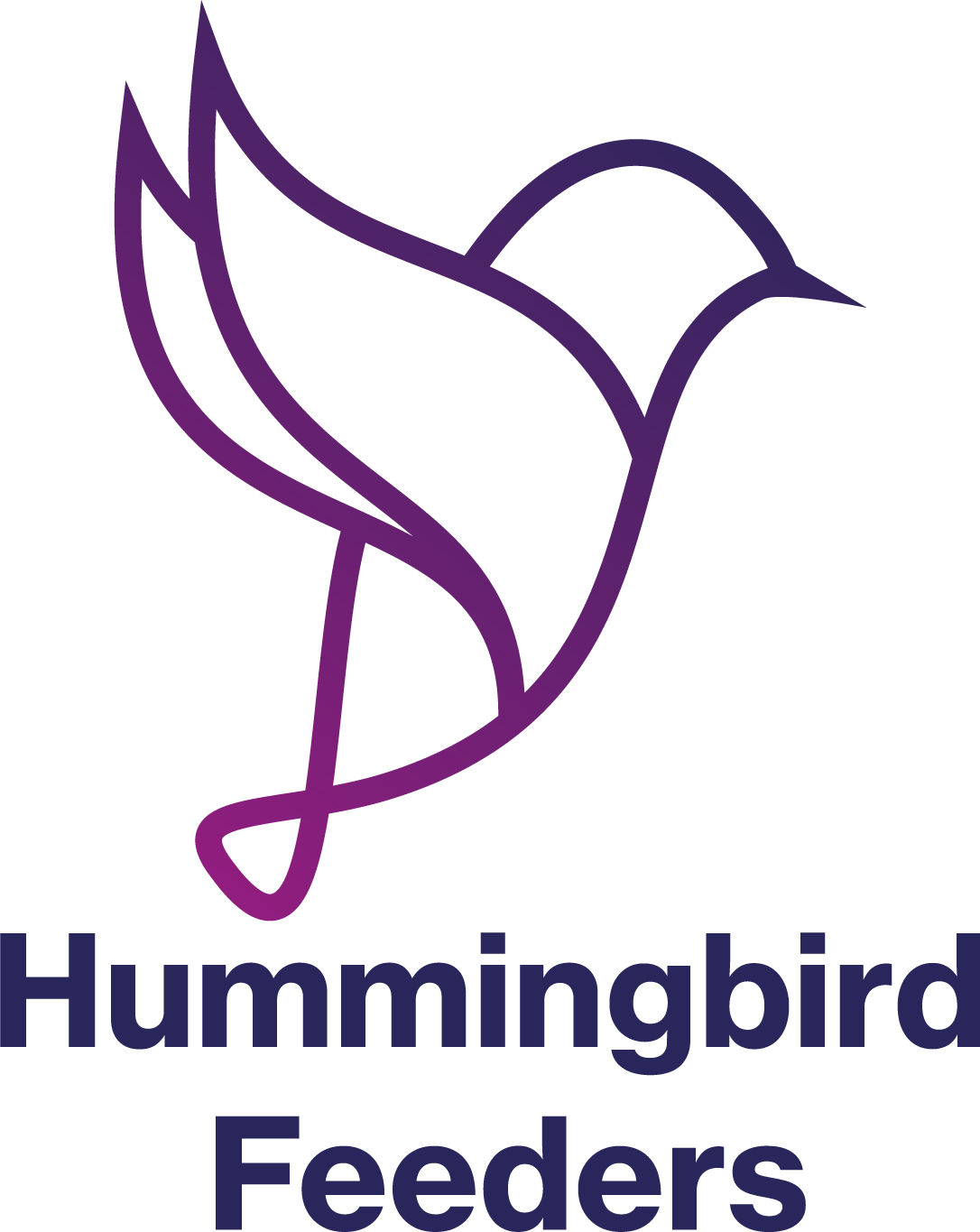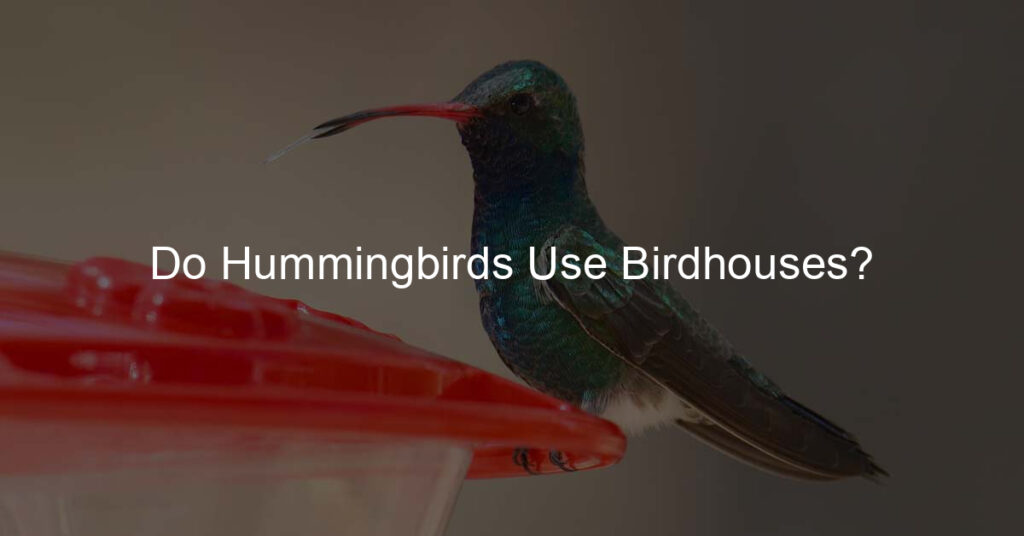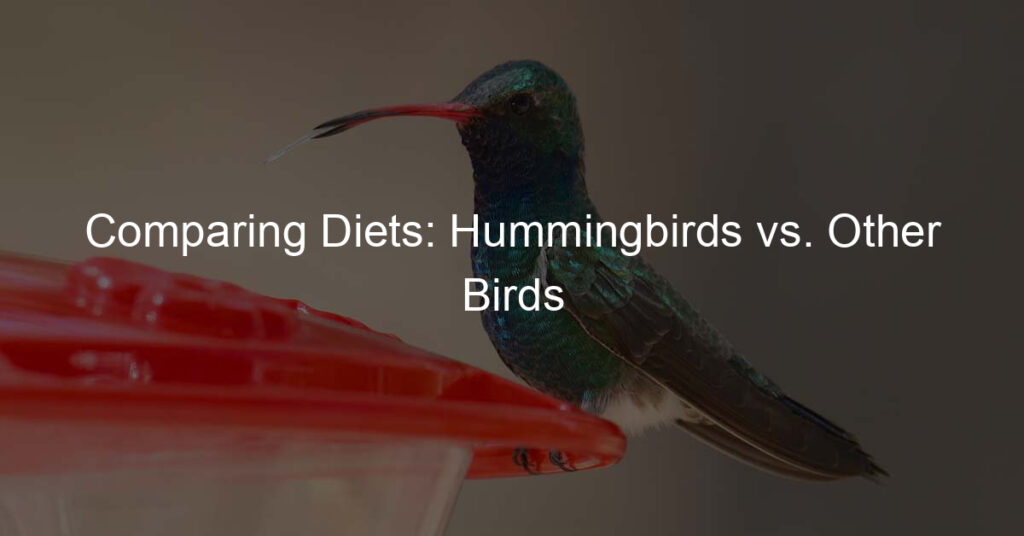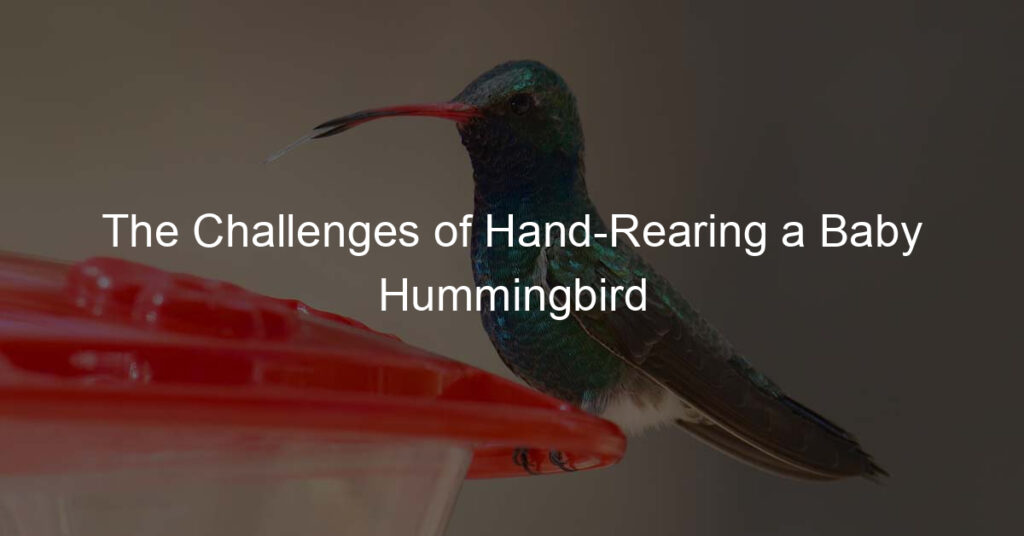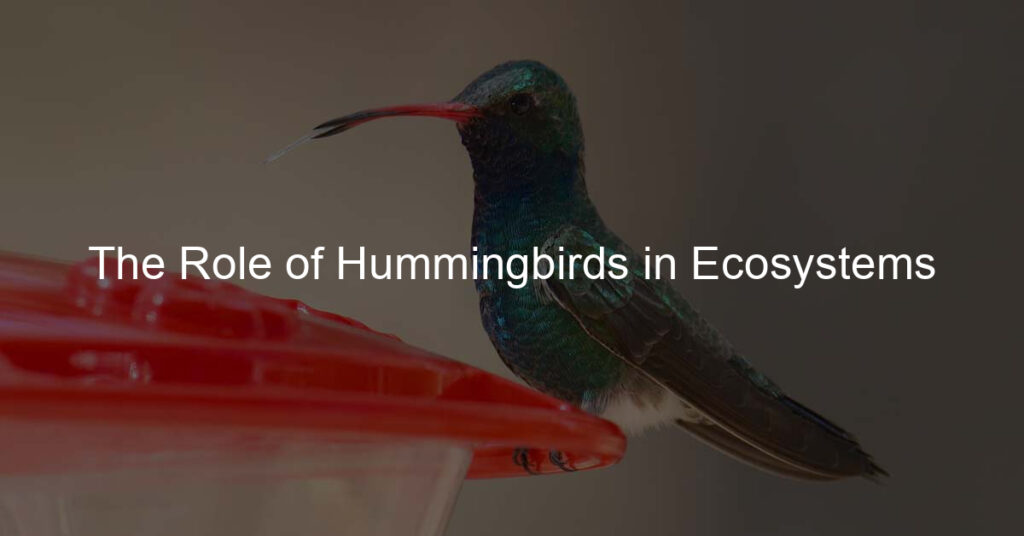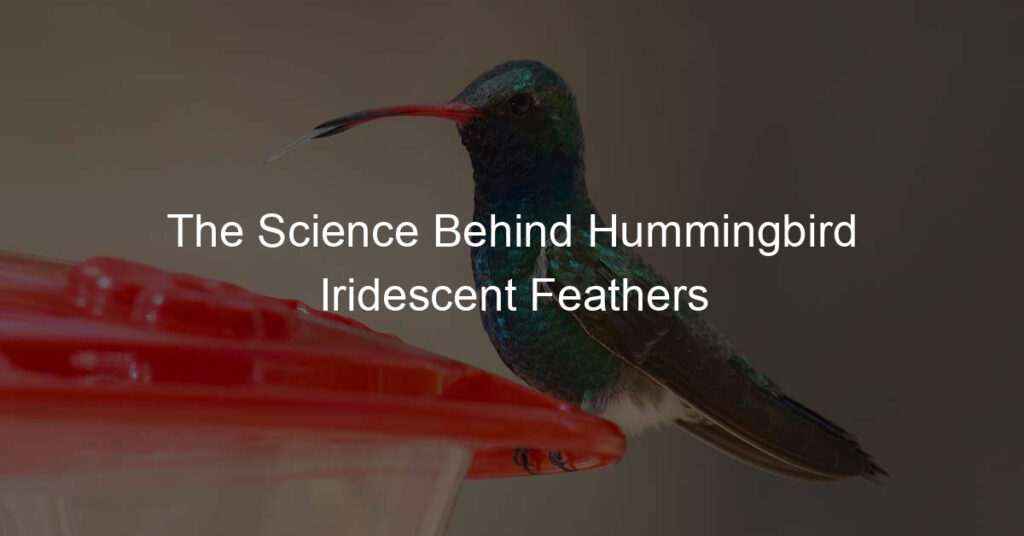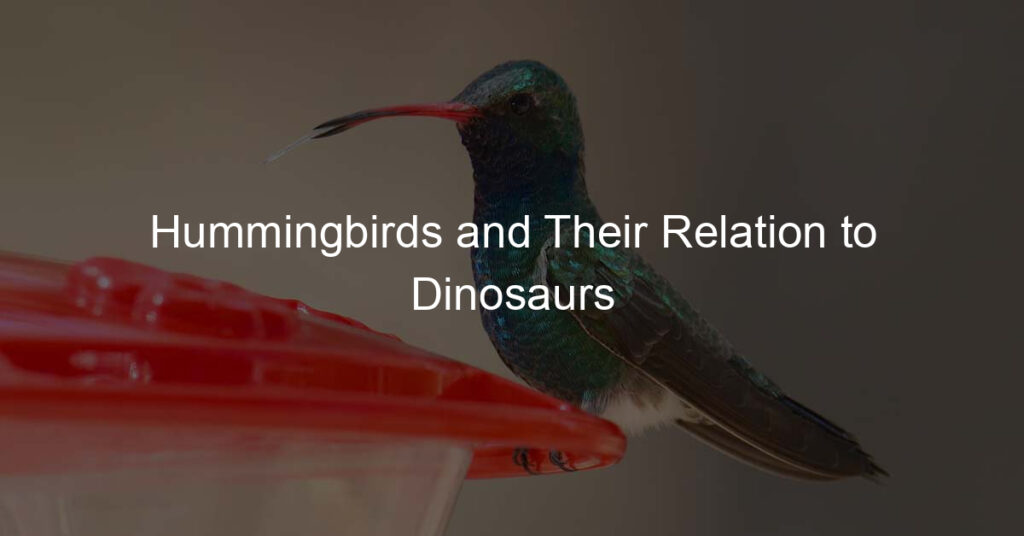Do hummingbirds use birdhouses? This is a question that has puzzled people for years. The answer is not as straightforward as you might think. In this blog post, we will explore hummingbird birdhouses, and hummingbird nests, and see how hummingbirds sleep and what research says about their use. Stay tuned to learn more!
Do Hummingbirds Use Birdhouses?
Hummingbirds are unique creatures that can enliven any outdoor space and wild garden.
But does the presence of a birdhouse mean that hummingbirds might reside with other birds? The answer is no – as fascinating as these tiny birds are, they don’t use birdhouses like other birds do, but not because they don’t want to.
Nesting habits vary among different hummingbird species, some construct nests while others simply seek out cavities in trees or on ledges in cliffs.
Hummingbirds also prefer to build snug nests using materials such as feathers and spider webs to keep them warm and protect their young.
How To Attract Hummingbirds?
Attracting hummingbirds usually involves planting flowers and shrubs hummingbirds love to find. There are various plant varieties to explore that are perfect for butterflies.
They move flowers to flowers for food. If you find enough food for your Hummingbirds on your lawn, they will try swarming near them.
There are numerous beautiful plants in the yard that hummingbirds could use as food sources. Honey, honey wax, beetroot, and honey zinnias can also be found at home or in the garden.
How Do Hummingbirds Use Shelter?
Interestingly, hummingbirds use several different types of shelter, depending on their exact circumstances.
In areas with heavy foliage, they take advantage of the pleasant shade and protection this coverage provides, especially when roosting or resting during migration or adverse weather conditions.
Since they are lightweight, hummingbirds can also nest in small cavities or crevices like cracks on rocks or within tree branches that other animals cannot reach.
This can help protect them from predators and windy conditions as well.
However, during colder months or at higher altitudes, these birds often seek sheltering structures such as deciduous trees and other nesting platforms that provide more insulation than nature alone can offer. It’s fascinating how these little guys use their environment in unique ways!
How Long Do Hummingbirds Live?
Hummingbirds may have tiny bodies and delicate wings, but they can live exceptionally long lives!
Most species of hummingbird have an average lifespan of three to five years, but some have been known to live as long as seven or eight.
In captivity, under ideal conditions, the longest known lifespan of a hummingbird was twelve years old. A few unique cases of birds living over twelve years have been reported as well.
How Fast Are Hummingbirds?
Hummingbirds have amazed people for centuries with their willingness to migrate vast distances and remarkable acrobatic ability in flight.
But, what may surprise some is the incredible speed at which these birds can fly!
The little hummingbird is thought to be one of the fastest animals on earth relative to its size.
When hovering, it typically beats its wings up to 80 times per second, giving these gem-like creatures the ability to reach an aerial top speed of around 50 kilometers per hour!
Additionally, they’re capable of sustained forward flight at speeds of 25-30 mph and can remarkably even surpass that velocity when going downhill or diving.
How Are Hummingbird Nests Made?
When it comes to nest building, hummingbirds build nests diligently during the breeding season to construct amazing homes for their eggs and young.
With a skill that can only be described as incredible, these birds use nearly any material they can find to build their nests. For the foundation layer, they may opt for soft material such as feathers, moss, or lichen while adding strength with spider webs and sturdy fibers such as grasses or rootlets.
All these materials are woven together tightly with saliva from the hummingbird’s beak to form what acts like cement when dry.
The finished product is an engineering marvel!
Hummingbird nests typically measure about 3 cm in depth and up to 10 cm in diameter – perfect for bringing up their young. Thus, hummingbirds nest nearby only birds and thus are called cavity nesters.
Where Do Hummingbirds Build Their Nests?
Nesting hummingbirds construct surprisingly sturdy nests high up in a variety of locations. Their nesting material consists of everything from trees to hedges, to cliff faces, and even under bridges, and gardens too.
Nesting hummingbirds can create nests out of an array of materials, using bits of fibers and feathers as cushioning on the interior for young babies, especially during the nesting season.
As remarkable nest architects, hummingbird’s handmade shelters not only feature excellent protection from predators but are also designed with airflow regulations that help chicks stay warm during colder weather.
Hummingbird Nesting Habitats
Hummingbirds typically build their nests out of dry grasses and plant down, binding the materials together with spider webs and binding materials like lichen.
These nests are found tucked in small cavities, away from predators and windy areas. Within these sanctuaries, symphonies of life appear right before our very eyes as the hummingbird parents care for their young family.
From spun cocoons to fledged wings taking their maiden flight, many more secrets lie within this incredible spectacle of nature.
What is a Cup Nest?
A cup nest is a type of bird cavity nest that falls under bowl-shaped nests.
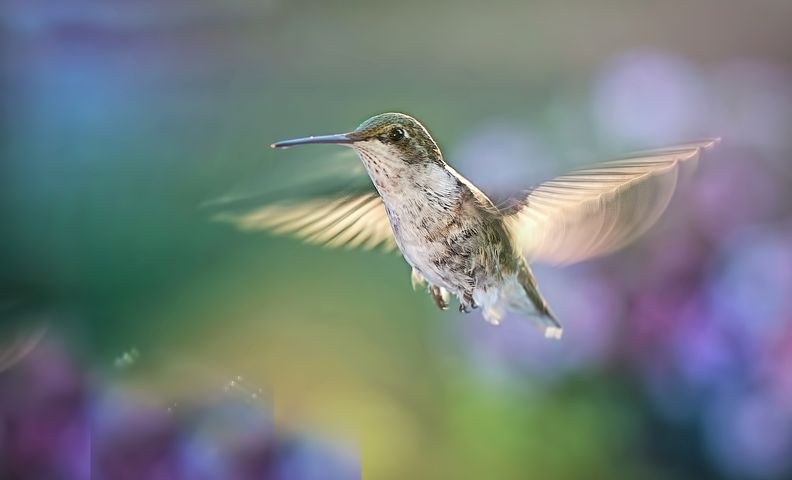
These nests consist of a saucer-like structure where the bird builds its nest inside a tree hole or an artificial cavity. This form of nesting provides the birds with an added layer of protection from predators by preventing them from seeing exactly which bird built the nest, as well as offering extra insulation to keep their eggs warm during cold nights.
The material used to construct this nesting platform is completed by layering twigs and covering them with plant material, giving them a sort of trampoline effect that provides a softer area for the young to rest upon.
Cup nests are a fascinating adaptation to protect birds’ young during their incubation period!
Types Of Hummingbird Feeders
Hummingbird feeders are one of the most unique and delightful products to personalize your backyard sanctuary for these tinny birds.
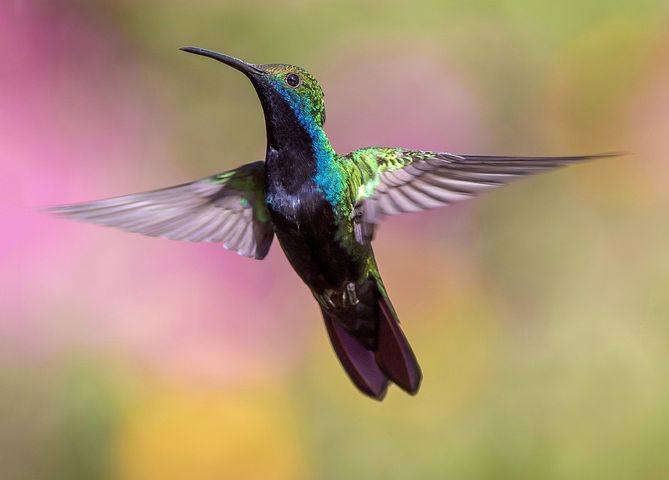
Depending on the size and frequency of hummingbirds visiting your yard, there’s a range of feeders available from basic models to elaborate designs.
For starters, the basics come in either red or yellow plastic designs with built-in perches for added viewing pleasure. Because hummingbirds do best with plenty of perching space and less competition for nectar, this small arrangement is likely best for areas frequented by a few species.
If you’re lucky to host different hummingbirds daily, then an advanced feeder designed to expel ants or bees might be ideal.
Another fun type of hummingbird feeder has a built-in ant trap that prevents crawling insects from reaching the sugary solution. However, hummingbirds prefer sugary food.
Provide Nesting Materials
Providing hummingbirds with nesting materials is an incredible way to encourage them into your yard!
The most appealing materials will attract their attention and make them feel more comfortable and secure when considering your yard as a potential nesting spot and a nesting environment.
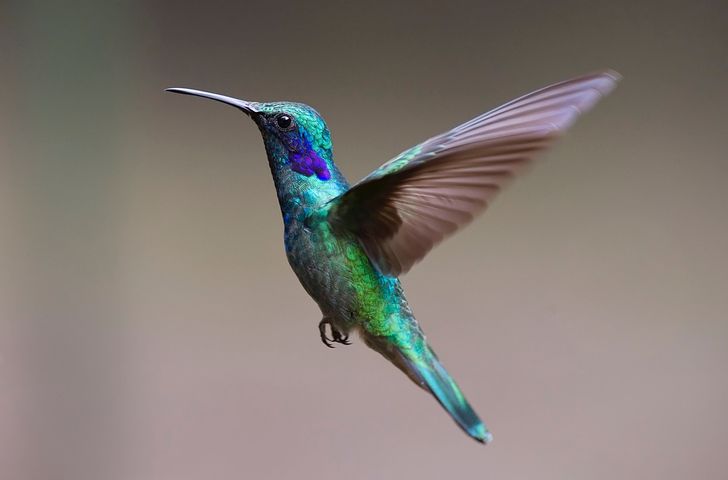
Examples of desirable nesting materials commonly suggested include shredded bark, dryer lint, dead grasses, mosses, thin strips of soft cloth or yarn, pieces of paper toweling or facial tissues, and plant fibers from drought-resistant plants like cattails or milkweed.
Placing these items near areas where you’ve noticed the birds flying can be especially helpful as it helps draw their attention to the site. Make sure that all of these materials are pesticide-free!
